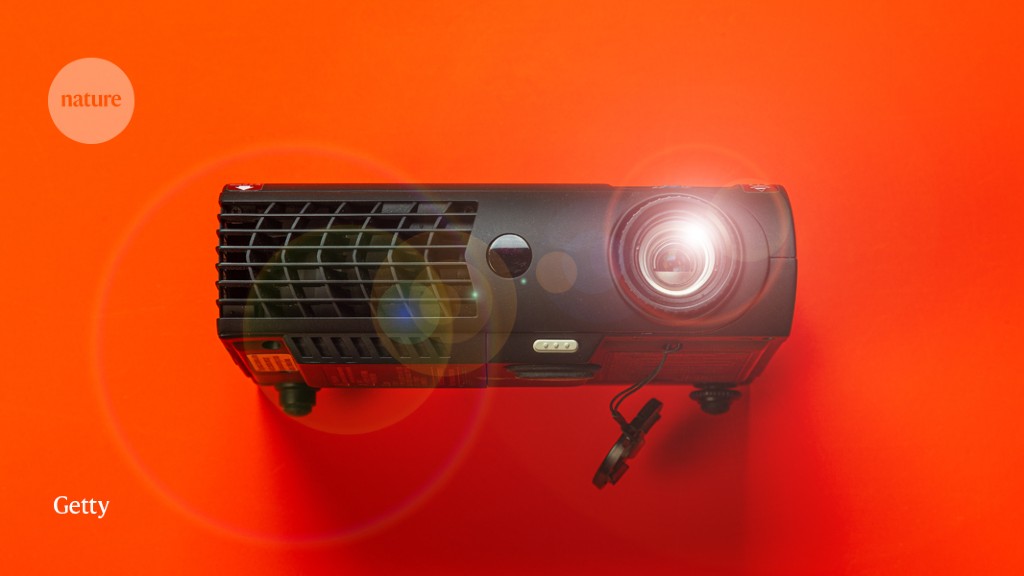In 20 years of coaching biomedical researchers on presentation techniques, I have continually been frustrated by scientists trying to make presentations as comprehensive as journal articles. Their thinking is understandable: “Better too much than too little, and more detail will demonstrate rigour and reliability.” But the usual result is a confused audience, befuddled by rapid-fire speaking, too much data and too many opaque slides.
Journal articles and slide presentations are different forms of communication with different attributes, drawbacks and potentials. Both have important roles. Scientists need to recognize these differences and make presentations consistent with what they can achieve. Those differences and the steps to manage them are:
Audience
Reading a journal article requires a significant time investment and a specific interest in a topic. Presentations, by contrast, are often widely advertised at an institute or at a conference. It is easy for scientists to ‘pop in’ and sample research from different fields. The audience members at a presentation are typically more multidisciplinary and less knowledgeable about a speaker’s specialized content than are those reading journal articles.
To deal with this diversity, you first need to establish your own communication goals for your talk. What is the range of audience members that you hope to reach? Researchers in your subspecialism? Researchers in related disciplines as well? Deans and department heads? Lay people? Once you establish a range, tailor the level of detail to the ‘least expert’ person in that range.
Pace
The reader of a journal article determines how fast to proceed and how often to stop and consider the information presented. In a scientific talk, the speaker determines the flow and can make only an educated guess at the optimal pace.
Pacing, like the level of detail, should be tailored to the least-expert attendee you want to reach. And given how hard it is to gauge an audience’s comprehension, too slow is better than too fast.
Narrative
A journal article can be understood even if it contains digressions and side bars. Slide presentations require a cohesive format. Even in a well-designed presentation, slides speed past audience members who might be distracted by text messages, post-mealtime lows and so on. No listener catches every point. A well-designed presentation is built around a concise narrative that provides context for each slide and continuity when details are fuzzy. To develop such a narrative, prepare a short 2- or 3-minute oral summary before designing slides. Identify a single overarching question for your talk. Limit slides to those that explain the narrative, amplify key points and provide insight into the overarching question.
Time
Journal articles with appendices allow a researcher to present comprehensive data. Presentations are time-limited, and there is also time uncertainty: introductions might take longer than expected, audience members could arrive late, the projector might break or audience questions could need addressing part way through a talk.
The worst (and most common) way that a presenter deals with these surprises is to speak faster. However, if armed with a concise narrative, they can easily summarize the content that can be shortened, leaving time for the most important details.
Graphics
Many presenters ‘cut and paste’ graphics from journal articles. The fonts are too small, axis labels are unreadable and visuals are too complex. Visuals that contains four, six or eight graphs might work in a journal article, but are incomprehensible in a presentation.
Complex journal-article graphics need to be simplified for a slide presentation. Redraw those multi-graph slides to contain only one, or at most two, graphs that illustrate the overarching message of a particular slide. Use the slide title to help to convey the message of the graphs.
Goals
If presentations fall far short of journal articles in providing a reliable degree of proof and data validation, what good are they? A presentation can introduce your work to new audiences. It can excite fellow scientists, motivating them to ask important questions and consider collaborations. It can allow scientists in different disciplines to determine whether their methods are relevant to your research. A presentation can inspire listeners to read your journal article!
Encourage the audience to ask questions and allow time for discussion. It might even help to be a bit provocative. A good discussion is more important than showing every last slide.
Rewards
Over the long run, journal articles are more likely to build a lasting scientific reputation than are presentations. Still, an effective speaker will be seen as someone who can contribute to a wide variety of scientific forums and will be sought for collaboration. Your reputation among colleagues outside your subspecialism is strongly influenced by your presentations — and these presentations are an important consideration in hiring and promotion decisions.
Presentations and journal articles have different but complementary attributes: the former can be inspirational, the latter comprehensive. An effective scientific presentation will inevitably have gaps and simplifications. The challenge is to include the most crucial information, while honestly acknowledging those gaps and simplifications.


